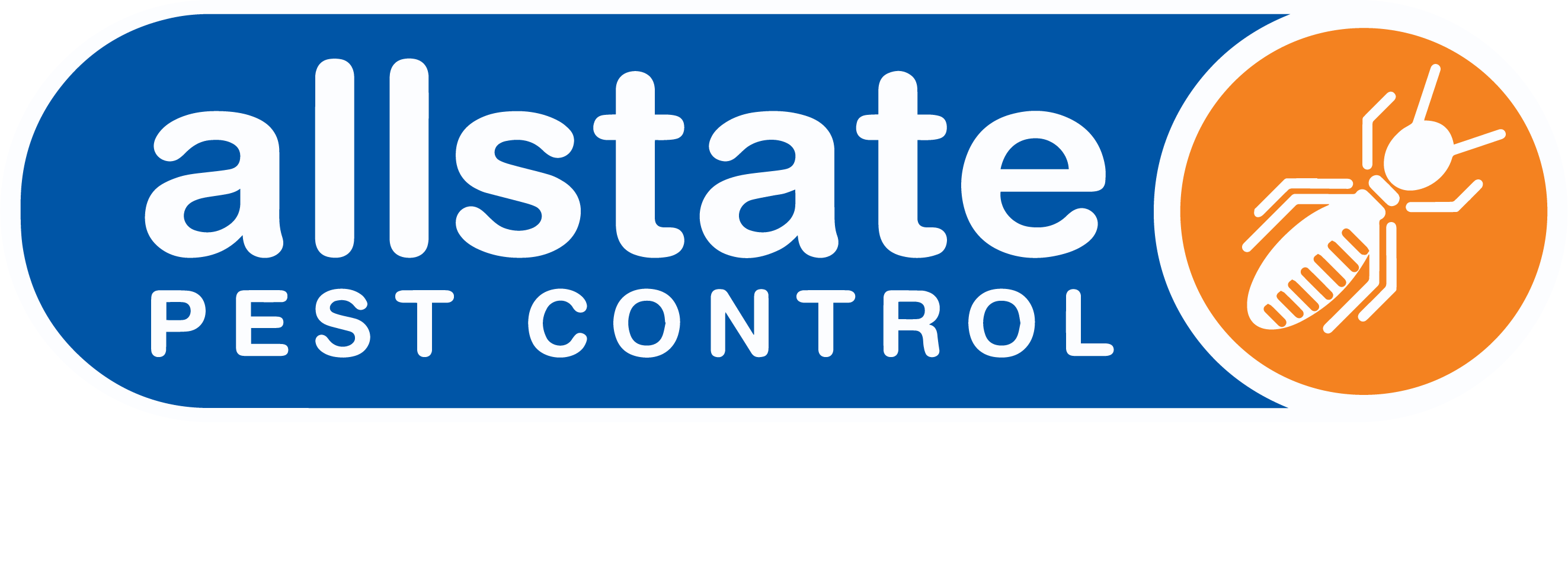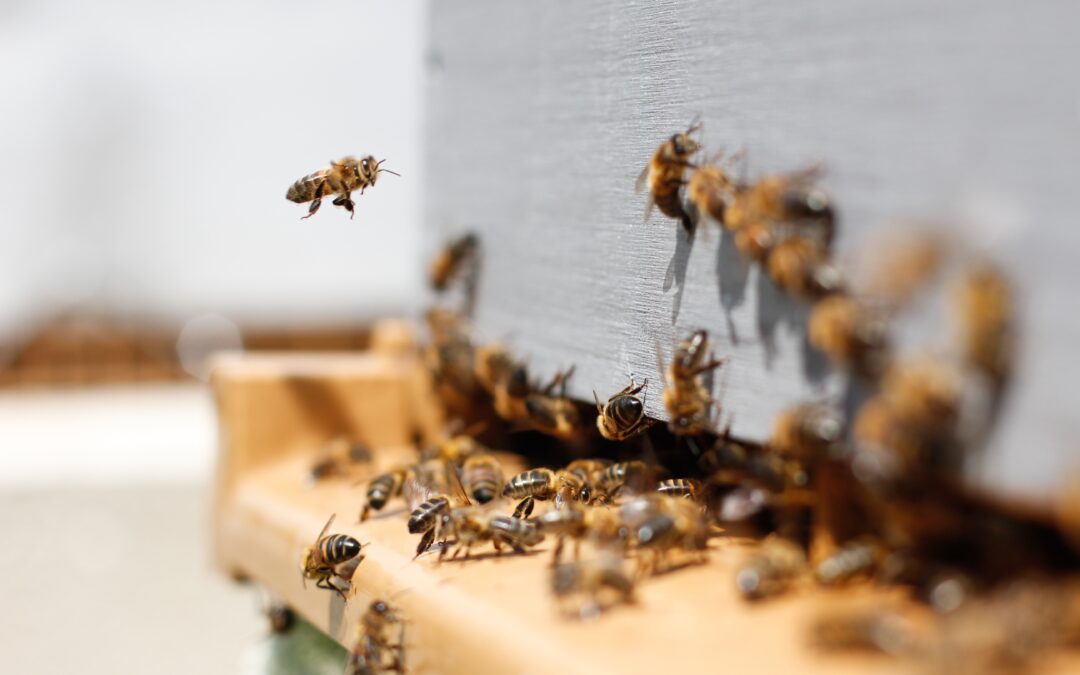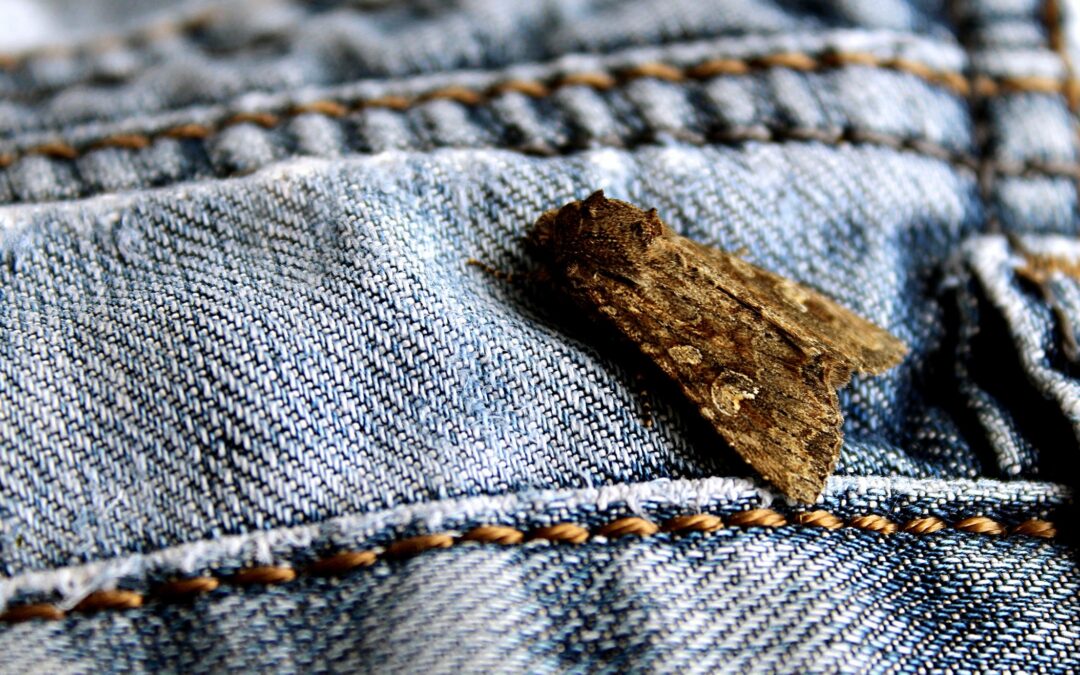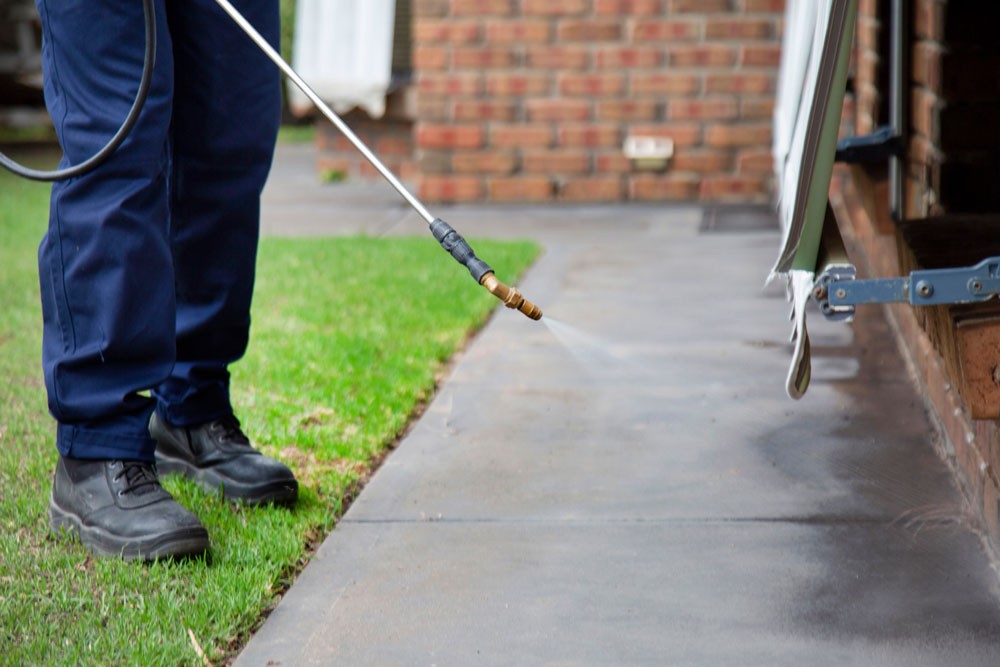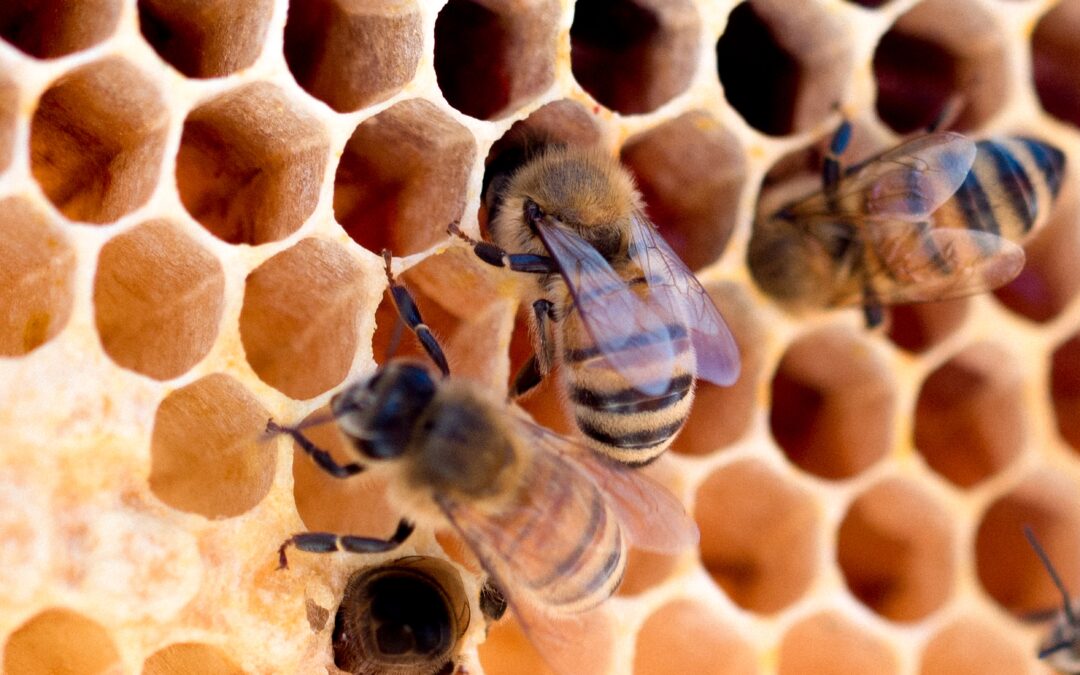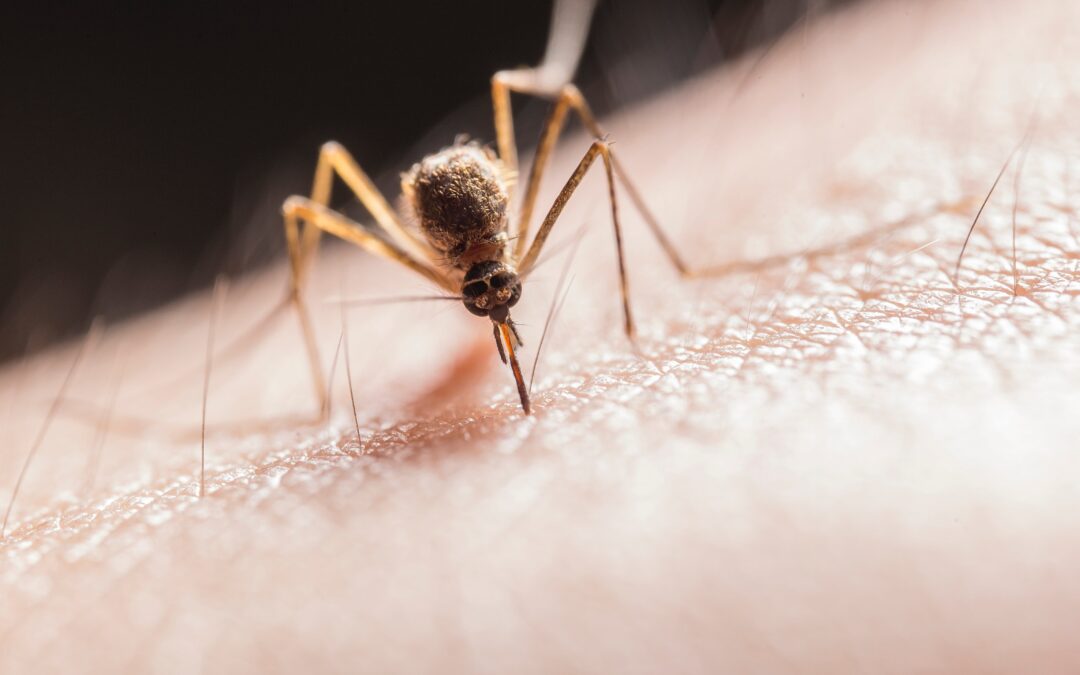
HOW TO PREPARE FOR A MOSQUITO FREE SUMMER
HOW TO PREPARE FOR A MOSQUITO FREE SUMMER
Looking forward to outdoor entertaining over the festive season? Watch out for pesky mosquitoes! It’s not just their itchy and irritating bites that will spoil the fun – they can also spread some pretty nasty diseases.
Avoid getting bitten with an unexpected mosquito outbreak this summer. Our latest Hivemind article is here to keep you mosquito free.
What questions will this article answer?
Why are mosquitoes more common in summer?
As the weather heats up, this supports the mosquito life cycle and allows ideal conditions for mosquitoes to flourish and forage for food sources.
Signs of a mosquito outbreak
You notice more mosquitoes, get bitten and hear their characteristic buzzing noises more frequently.
Problems caused by mosquitoes
They spread germs and transmit serious diseases, and also cause itchy bites and allergies.
How to protect your home from mosquitoes
Install screens over windows and doors, remove breeding sites, conduct regular yard maintenance and wear insect repellent.
Professional mosquito treatment
We use a combination of pyrethrin-based larvicides and adulticides.
For fast and effective mosquito prevention, choose Allstate
We’re available 24/7 for urgent enquiries to all suburbs of Adelaide. We use mosquito treatments which are non-toxic to pets, children and the environment.
Why are mosquitoes more common in summer?
As the weather heats up, it supports the mosquito life cycle by providing them with ideal conditions to flourish.
Female mosquitoes are known to lay eggs more frequently in warm weather, with up to 100 per batch. Once these hatch, their larvae will grow, ideally in an environment that is between 7-16 degrees Celsius, surrounded by a source of water.
The process of larval development can speed up in warmth and humidity, so if these ideal conditions coincide, this can have a significant impact of the mosquito population. For prolonged periods of heat, this means that mosquitoes are more likely to keep reproducing.
As adult mosquito metabolism increases with hot weather, you’ll be more likely to notice them flying around scavenging for food. This is usually in the form of blood from a host for female mosquitoes, and plant nectar for males.
Signs of a mosquito outbreak
While it’s not unusual to notice more mosquitoes in warm weather, here’s some ways that you can tell if you have a full-blown infestation:
You frequently hear buzzing sounds
Due to the rapid beating of their wings during flight, mosquitoes give off a persistent, characteristic high pitched buzzing noise.
You notice more mosquitoes in shady areas
As moisture levels tend to evaporate in the presence of the sun, mosquitoes are generally drawn to darker places, which are a definite favourite for female mosquitoes to hide and digest their food.
You notice more mosquitoes in areas with higher levels of moisture
From ponds, bird baths, pet bowls to flowerpots and moist garden beds, female mosquitoes are clever at finding places with the perfect conditions to lay their eggs.
Mosquito bites
If you’re getting bitten by pesky mosquitoes more than usual, this means that there are female mosquitoes in the area. They may be laying their eggs around your home.
Mosquitoes in your kitchen
If you leave food uncovered in your kitchen, especially if it is high in sugar content, such as fruit and lollies, male mosquitoes will find this irresistible. However, you may also find that females will join them if their preferred food source (blood) is unavailable.
Get reliable mosquito prevention advice today
Problems caused by mosquitoes
While they may be small, these tiny terrors can cause huge problems for you and your family.
As they move from host to host feeding on blood, mosquitoes are well known for their ability for spreading serious diseases, such as Barmah Forest virus infection, Chikungunya virus, Dengue fever, Elephantiasis, Japanese encephalitis, Malaria, Murray Valley encephalitis, Ross River virus infection, Yellow fever and Zika virus.
Mosquito bites are notorious for being itchy and red and cause varying degrees of swelling. In some people, they may also trigger allergic reactions and in severe cases, bites can cause anaphylaxis, which requires immediate medical attention.
Sometimes, you’ll hear them before you see them as their persistent buzzing noises can be distracting and disruptive.
How to protect your home from mosquitoes
Although it can be very difficult to manage mosquitoes altogether without professional help, there are still some steps that you can take to make your home less inviting to mosquitoes. Here’s some of our top recommendations:
Install screens over windows and doors
Having a mesh or wire screen as a physical barrier is always helpful, but it’s best to avoid leaving doors and windows open if possible.
Remove breeding sites
Fill ditches and holes in the ground to prevent water from accumulating as this becomes a potential breeding habitat. Inspect your yard and ensure that there is adequate drainage for pooling water. Consider filling pot plant saucers with sand to absorb excess water.
Regular property maintenance
Make sure that the plumbing and water drainage system at your property is working efficiently, with no leaking pipes and blockages.
Keep your yard clean and tidy, taking care to trim trees and vegetation to limit overgrowth and hiding spots for mosquitoes. Dispose of fallen fruit and vegetables.
Prevent mosquitoes from following you into your home
If possible, limit outdoor activity during peak active times, or use mosquito nets to keep them out of your space.
When you’re heading outdoors, wear insect repellent that contains diethyltoluamide (DEET) or picaridin. You can also use natural alternatives such as eucalyptus or lemon oil, citronella, tea tree oil, but these will need be applied more frequently.
Wear protective clothing and a hat to limit any potential mosquito contact. Bright coloured clothing is known to be less appealing to mosquitoes than darker shades.
You can also consider purchasing electronic repellent devices that are available from hardware stores.
Avoid leaving potential food sources outside
Where possible, keep food items covered and consider using a water dispenser for pets instead of leaving an open water bowl.
Turn on the fan
The moving air current disrupts mosquitoes in flight and disperses carbon dioxide, which attracts them to human hosts.
Manage mosquitoes fast. Speak to an expert today.
Professional mosquito treatment
The most effective way to control a mosquito outbreak is through chemical control. We use Australian Pesticides and Veterinary Medicines Authority (APVMA) approved products that are designed to target adult mosquitoes as well as their larvae.
After an assessment of the outbreak and the layout of your property, your Allstate pest control technician will often use a combination of the following treatment methods:
Larvicides
For ponds and standing or stagnant water areas which are common breeding sites for larvae, we apply highly targeted larvicides to prevente all mosquito larvae. You can be confident that these chemicals have minimal impact on other aquatic organisms.
Adulticides
When there are a large amount of active adult mosquitoes, we’ll need to use a different approach that covers a greater area, that may need to be applied multiple times. This can include:
- Fogging
During active times (mainly dawn or dusk), we’ll apply an airborne spray that contains either a natural or synthetic pyrethroid chemical to the entire affected area. These chemicals disrupt the mosquito nervous system and cause paralysis. Fogging is usually effective for 2-3 days. - Residual barrier treatments
We use this for smaller, more targeted areas, aiming to stop adult mosquitoes from entering your home by lingering on surfaces where they may land. We commonly apply this treatment to fences, eaves, walls, vegetation or foliage and it is known to last for up to 6-8 weeks.
For fast and effective mosquito prevention, choose Allstate
With sunny days ahead and holiday season approaching, the last thing you need is to worry about pesky mosquitoes spoiling your plans. That’s why at Allstate, we’re here to help you get your home ready for insect-free outdoor and indoor entertaining all party season.
Family owned and operated since 1986, Allstate offers targeted, modern and innovative pest control services to homes and businesses across all suburbs of Adelaide. We only use mosquito treatments which are non-toxic to pets, children and the environment.
Our highly trained technicians are available 24/7 for any urgent enquiries to all new and existing residential, commercial and industrial clients.
Our services are covered by competitive warranties and a 100% satisfaction guarantee and we also offer payment plans. Safeguard your home and enjoy a relaxing summer with Allstate’s long-lasting mosquito protection.
Our expert team is ready to help you now
